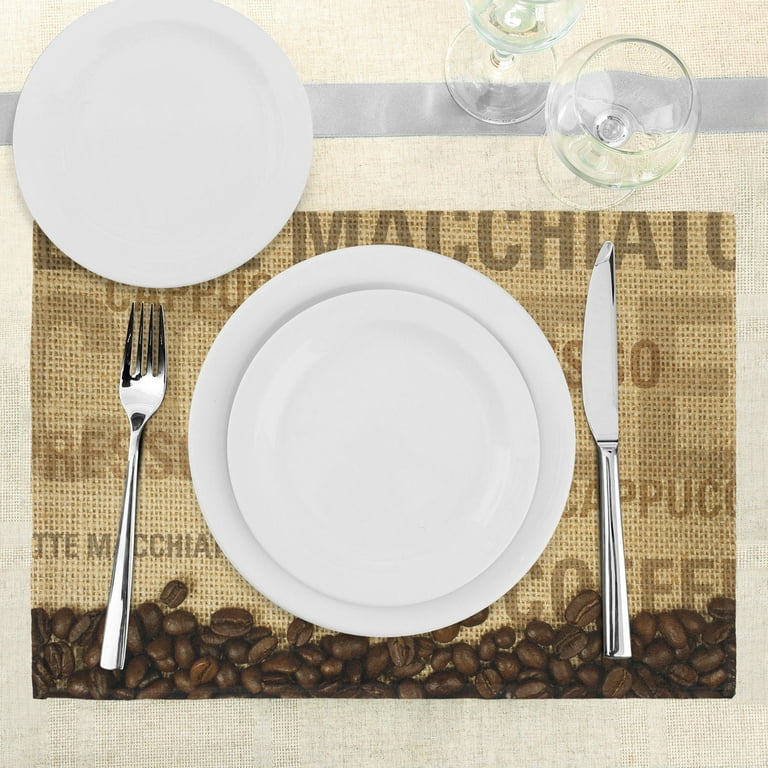The 8-Minute Rule for Unique Art
The 8-Minute Rule for Unique Art
Blog Article
Unique Art Things To Know Before You Get This
Table of Contents5 Simple Techniques For Unique ArtThe Best Guide To Unique ArtThe Best Strategy To Use For Unique ArtMore About Unique Art
While one might question which art form holds priority, the truth continues to be that each of these seven types provides an one-of-a-kind home window into human history, culture, and evolution. They are the tapestries that chronicle our trip, reminding us of our past while motivating visions for the future.Wonderful art work narrates, makes individuals look twice, and develops an one-of-a-kind experience that can't be matched. Art and illustrations connect all of that via color, shape and other style elements. Find out just how to make your distinct artwork attract attention from the group.
3 Emil DervishIn this entranceway by Emil Dervish that stunning cobalt blue door swipes the program. To bring even extra dramatization, he expanded the paint. to the doorframe and the wall surface up, finishing in a curved shape. The curves, in addition to a spherical sconce, soften the sides - Unique Art. Then structures vintage posters and maps of precious areas established the scene.
8 TRIA GIOVANEqual components grand and laidback, this entrance hall made by Anthony Baratta is the best blueprint to comply with if you're decorating an official entrance that still feels unfussy and comfy. Patterned textiles take spotlight (see the carpets and the sofa), but they also aid bring the high ceilings to a human scale when hung over wallpaper.
Some Known Incorrect Statements About Unique Art
18 Heidi Caillier DesignA gallery wall does not need to take up the entire space. In some cases a little one can make a larger style statement. In this living area, Hiedi Caillier decided for micro-mini structures and an arbitrary structure.
, the expression of ideas and feelings, with the development of specific aesthetic high qualities, in a two-dimensional visual language. The components of this languageits forms, lines, colours, tones, and texturesare made use of in various means to create experiences of volume, area, motion, and light on a level surface area. These components are combined right into meaningful patterns in order to represent genuine or mythological phenomena, to analyze a narrative motif, or to develop entirely abstract visual connections.
Later the notion of the "great artist" established in Asia and Renaissance Europe. Throughout the 19th century painters in Western societies started to lose their social position and secure patronage.
Rumored Buzz on Unique Art
Others gained an earnings through touring exhibits of their job. The demand to appeal to a marketplace had actually replaced the comparable (if less impersonal) demands of patronage, and its effect on the art itself was most likely similar. Normally, artists in the 20th century might get to an audience just via commercial galleries and public galleries, although their work might have been occasionally duplicated in art periodicals
For a discussion of the bogus of artworks, see forgery. For a discussion of the role of painting and various other arts in religious beliefs, as well as of the use of religious icons in art, see spiritual meaning and iconography. For details on various other arts connected to paint, see short articles such as drawing; folk art; printmaking. It is the sense of inevitability in this formal organization that gives an excellent paint its self-sufficiency and presence. The colours and positioning of the principal images in a design might be sometimes largely chosen by representational and symbolic factors to consider. Yet it is the official interaction of colours and shapes that alone is capable of interacting a particular state of mind, generating optical feelings of area, volume, activity, and light and producing pressures of both consistency and stress, even when a painting's narrative importance is obscure.
Do not replicate the design of other artists if you're looking for your style. Copying other individuals's artwork can be great in educational functions however it will not make you closer to discovering your very own special style. Your artistic design needs to be, what you like and what inspires you.

The Facts About Unique Art Revealed
You require to try lots of different alternatives and check out every little thing before you can concentrate on one certain style or you'll be burnt out, or worse, you'll hate your own design. So I suggest you to try every subject that you're interested in, check out as long as you can. Attempt different tools that delight you and new strategies you have actually never tried prior to.
With time you'll have the ability to sort every one of them right into recommended you read your favorite and the very least favorite categories. Attempt to focus your see here focus on the subjects and mediums that you like and before you see it coming you'll have your own individual and special design, like no one else have! So in the end you'll have a couple of preferred based on repaint and maybe a couple of preferred tools.

Report this page